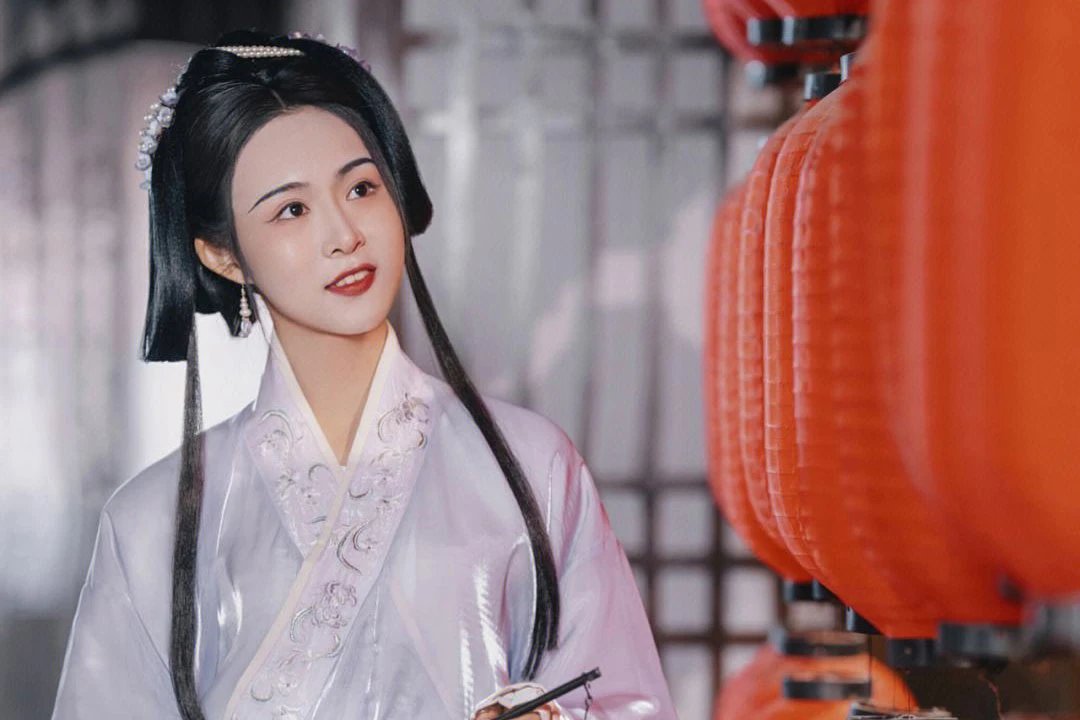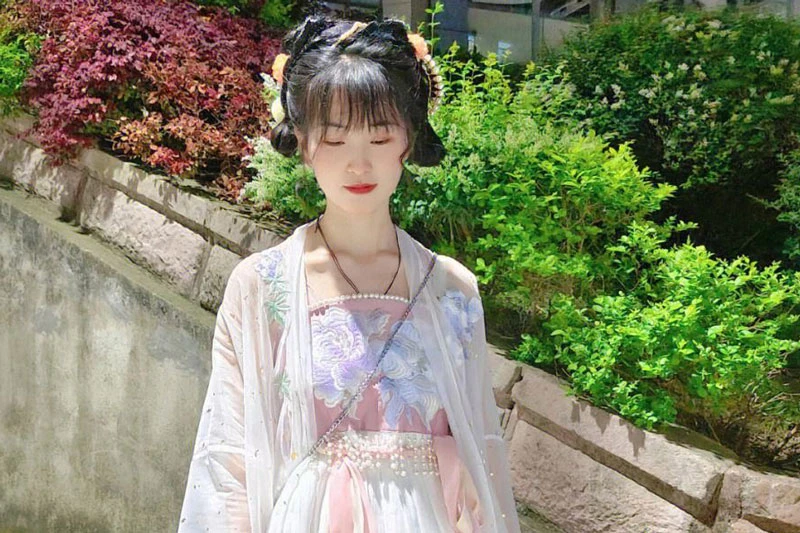Wearing Hanfu is not just about donning a beautiful ensemble; it involves a deep understanding of traditional Chinese clothing etiquette. One fundamental aspect is the way in which Hanfu is crossed and fastened. We’ll explore the intricacies of crossing Hanfu, with a focus on various styles including tops, shirts, jackets, and the classic ruqun. Whether you’re new to Hanfu or seeking to refine your knowledge, this article provides valuable insights into the art of wearing Hanfu Tops with grace and authenticity.
Crossing Hanfu: A Fundamental Tradition
Understanding the Essence
Before delving into the specific styles, it’s essential to understand the cultural significance of crossing Hanfu. The act of crossing symbolizes unity and balance, aligning with traditional Chinese philosophies such as yin and yang. Each garment’s unique crossing style reflects the wearer’s gender, occasion, and the historical period the Hanfu represents.
Basic Principles of Crossing
Right Over Left: In Hanfu etiquette, the right side is typically crossed over the left. This practice is rooted in historical rituals and is considered auspicious.
Symbolism of Direction: The right side represents the yang (positive) energy, while the left signifies yin (negative) energy. Crossing from right to left harmonizes these energies.
How to Wear Hanfu Tops: Mastering the Classic Look
The Elegant Cross of a Hanfu Top
Traditional Tops (Shenyi): For traditional tops like shenyi, the right side is draped over the left. Ensure that the top is snug but not too tight, allowing for ease of movement.
Securing with Accessories: The use of traditional accessories, such as a waistband or sash, adds both practicality and a touch of elegance to the overall look.
Wearing Hanfu Shirts: Navigating Modern Styles
Modern Hanfu Shirts
Buttoned Shirts: Modern Hanfu shirts may feature buttons. In this case, the right side with buttonholes is crossed over the left side with buttons. Embracing Traditional Elements: Even in contemporary designs, integrating traditional crossing styles preserves the cultural essence of Hanfu.
Hanfu Jackets
Outer Layers: When wearing a Hanfu jacket, follow the same principle—cross the right side over the left. This creates a cohesive and culturally respectful appearance. Adapting to Styles: Hanfu jackets come in various styles, from short to long, and may include intricate embroidery. Adapting the crossing technique to suit the specific jacket style enhances its visual appeal.
Visual Harmony: Pay attention to symmetry in the crossing. Ensuring that the crossed sections are even contributes to a visually harmonious Hanfu appearance.
Waistbands and Ties: Utilize waistbands, ties, or sashes to secure the crossed sections neatly. These accessories not only add practical support but also enhance the overall elegance of the Hanfu. Formal vs. Casual: Consider the formality of the occasion. For formal events, a tighter and more secure crossing may be appropriate, while a slightly looser style can be comfortable for casual wear.
Conclusion
Mastering the art of crossing Hanfu is an essential skill for anyone embracing the beauty of traditional Chinese attire. Whether you’re wearing a classic top, a modern shirt, a stylish jacket, or the timeless ruqun, the principles of crossing remain a fundamental aspect of Hanfu etiquette. By understanding the cultural symbolism and practicing these traditional techniques, you not only pay homage to the rich heritage of Hanfu but also carry forward a centuries-old tradition with grace and authenticity. As you navigate the intricate world of Hanfu, remember that each carefully crossed layer tells a story, echoing the elegance and cultural depth of this timeless attire.


